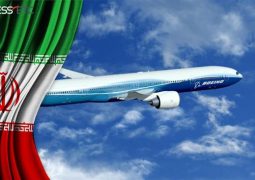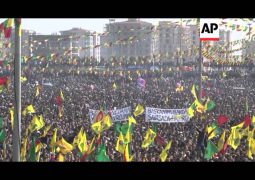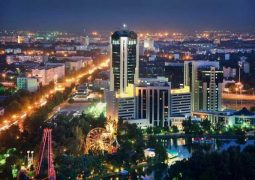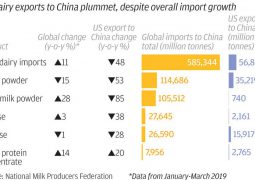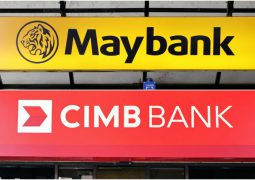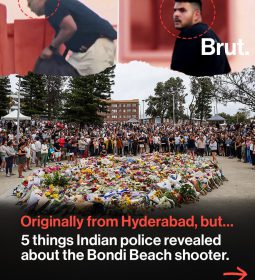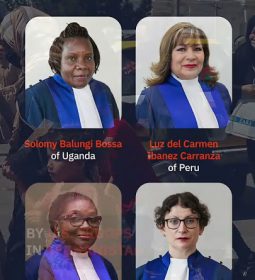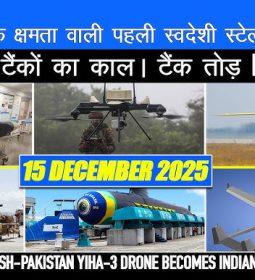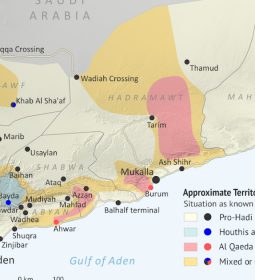Trump lands in Vietnam for second summit with North Korea’s Kim

Trump flew into the capital Hanoi on Air Force One, touching down just before 9 p.m. (1400 GMT).
“Just arrived in Vietnam,” he wrote in a message on social network Twitter. “Thank you to all of the people for the great reception in Hanoi. Tremendous crowds, and so much love!”
Kim arrived by train early in the day after a three-day, 3,000 km (1,850 mile) journey from his capital, Pyongyang, through China. He completed the last stretch from a border station to Hanoi by car.
The two leaders, who seemed to strike up a surprisingly warm relationship at their first summit in Singapore last June, will meet for a brief one-on-one conversation on Wednesday evening, followed by a dinner, at which they will each be accompanied by two guests and interpreters, White House spokeswoman Sarah Sanders told reporters.
They will meet again on Thursday, she said.
Their talks come eight months after the historic summit in Singapore, the first between a sitting U.S. president and a North Korean leader.
While the first meeting was all about breaking the ice after decades of war and bitter animosity between their countries, this time there will be pressure on both to move beyond the vaguely worded commitment they made in Singapore to work toward the complete denuclearisation of the Korean peninsula.
Trump’s critics at home have warned him against cutting a deal that would do little to curb North Korea’s nuclear ambitions, urging specific, verifiable North Korean action to abandon the nuclear weapons that threaten the United States.
In return, Kim would expect significant U.S. concessions such as relief from punishing sanctions and a declaration that the 1950-53 Korean War is at last formally over.
U.S. President Donald Trump arrives at Noi Bai International Airport for a second summit with North Korea’s leader Kim Jong Un in Hanoi, Vietnam February 26, 2019. REUTERS/Leah Millis – RC174A248190
Trump, landing in darkness, waved as he disembarked Air Force One and was met by senior Vietnamese and U.S. officials. Trump’s motorcade passed by crowds waving the flags of Vietnam, the United States and North Korea on its way to the JW Marriott Hotel, his accommodation for the two-day summit.
Earlier, Vietnamese officials were on hand to greet Kim at the station in Dong Dang town after he crossed the border from China. He got a red-carpet welcome with honour guard, military band and fluttering North Korean and Vietnamese flags.
Kim’s sister, Kim Yo Jong, who has emerged as an important aide, arrived with him.
About a dozen bodyguards briefly ran alongside Kim’s car as he set off for the two-hour journey to Hanoi, smiling and waving to children lining the route from his limousine.
Roads were closed with Vietnamese security forces in armoured-personnel carriers guarding the route to the city’s Melia hotel where he is staying.
Vietnamese authorities have been tight-lipped about the summit and have yet to announce where the two will meet.
U.S. Secretary of State Mike Pompeo also arrived on Tuesday and met Vietnamese Foreign Minister Pham Binh Minh for talks.
Slideshow (15 Images)
‘TREMENDOUS’
Trump told reporters before he left he and Kim would have “a very tremendous summit”.
Tweeting on Monday, he stressed the benefits to North Korea if it gave up its nuclear weapons. “With complete Denuclearisation, North Korea will rapidly become an Economic Powerhouse. Without it, just more of the same. Chairman Kim will make a wise decision!” Trump said.
In a speech late on Sunday, Trump, however, appeared to play down the possibility of a major breakthrough, saying he would be happy as long as North Korea maintained its pause on weapons testing.
“I’m not in a rush,” he said. “I just don’t want testing. As long as there’s no testing, we’re happy.”
Analysts say the two leaders have to move beyond summit symbolism.
“The most basic yet urgent task is to come to a shared understanding of what denuclearisation would entail,” said Gi-Wook Shin, director of Stanford’s Asia-Pacific Research Center.
“The ambiguity and obscurity of the term ‘denuclearisation’ only exacerbates the scepticism about both the U.S. and North Korean commitments to denuclearisation.”
While the United States is demanding North Korea give up all of its nuclear and missile programmes, North Korea wants to see the removal of the U.S. nuclear umbrella for South Korea.
A South Korean presidential spokesman told reporters in Seoul the two sides might be able to agree to a formal end of the Korean War, which was concluded with an armistice not a peace treaty, a move North Korea has long sought.
Protesters in Seoul tore up photographs of Kim and threw them to the ground to highlight their dismay that North Korea’s grim human rights record was not expected to figure in talks.
Amnesty International said Trump had disregarded human rights to gain favour with Kim.
“His silence in the face of relentless and grave human rights violations has been deafening,” it said.
For live coverage of the summit, click: here; Additional reporting by David Brunnstrom in WASHINGTON, Mai Nguyen, Hyonhee Shin, Josh Smith and Ebrahim Harris in HANOI, Joyce Lee in SEOUL; Writing by Robert Birsel; Editing by Lincoln Feast and Clarence Fernandez
- Previous New Delhi’s latest statement: IAF hits main Jaish camp deep across LoC in Balakot, 200-300 killed
- Next Islamabad will respond, says official: ‘Time for India to wait for our response’: ISPR DG debunks New Delhi’s claims on LoC violation



